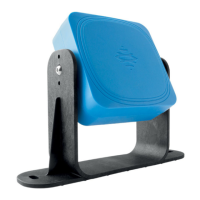What to do if there are objects obstructing the field of view of Inxpect Safety Equipment?
- AallenedwardAug 1, 2025
If objects are obstructing the view of your Inxpect Safety Equipment, the suggested solution is to remove the object if possible. If removing the object is not an option, implement additional safety measures in the area where the object is present.


